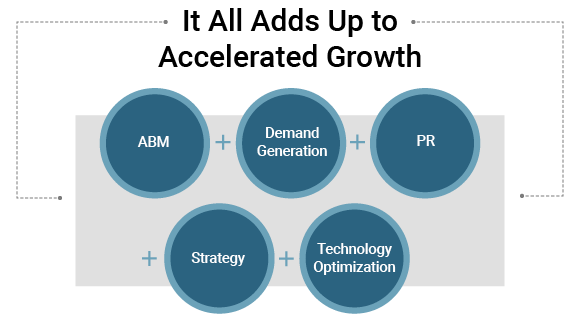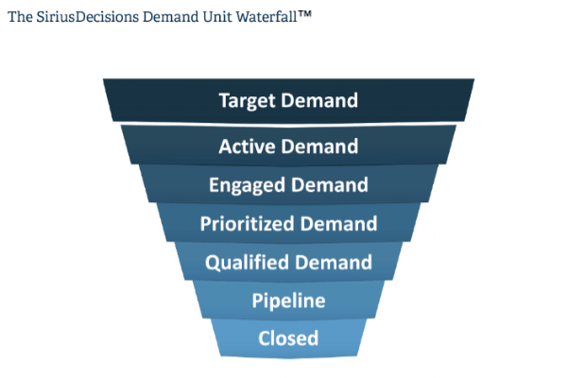No person is compensated on leads followed-up on. Growth is about revenue, and leads are the starting point. Generating profitable revenue growth requires a unified team delivering predictable, repeatable, and scalable results. You need an agency that understands – and can deliver – that difference. Welcome to Marsden Marketing.


A key component in accelerating revenue growth maturity is utilizing the Sirius Decisions Demand Unit Waterfall.® Our strategists work with you to better segment your opportunities and build the programs based on these steps:
| Identify the right audiences | |
| Leverage technology to determine who in your target audience is actively searching for a solution | |
| Select the right channels to reach your targets | |
| Deliver personalized content | |
| Equip sales with the intelligence and tools to accelerate the decision-making process |
No matter where you are today, the objective is faster revenue growth. Marsden Marketing accelerates our clients’ revenue generation journey by crafting the strategy, implementing the technologies, and executing the tactics unique to their business objectives.
B2B growth marketing+pr agency Trevelino/Keller acquired Marsden Marketing in 2024, including its industry-leading MM Growth Marketing solution, powered by a data-forward approach rich in technologies including HubSpot, Salesforce and Pardot.
1042 Northside Drive NW
Suite 960
Atlanta, GA 30318
(404) 214-0722
info@marsdenmarketing.com